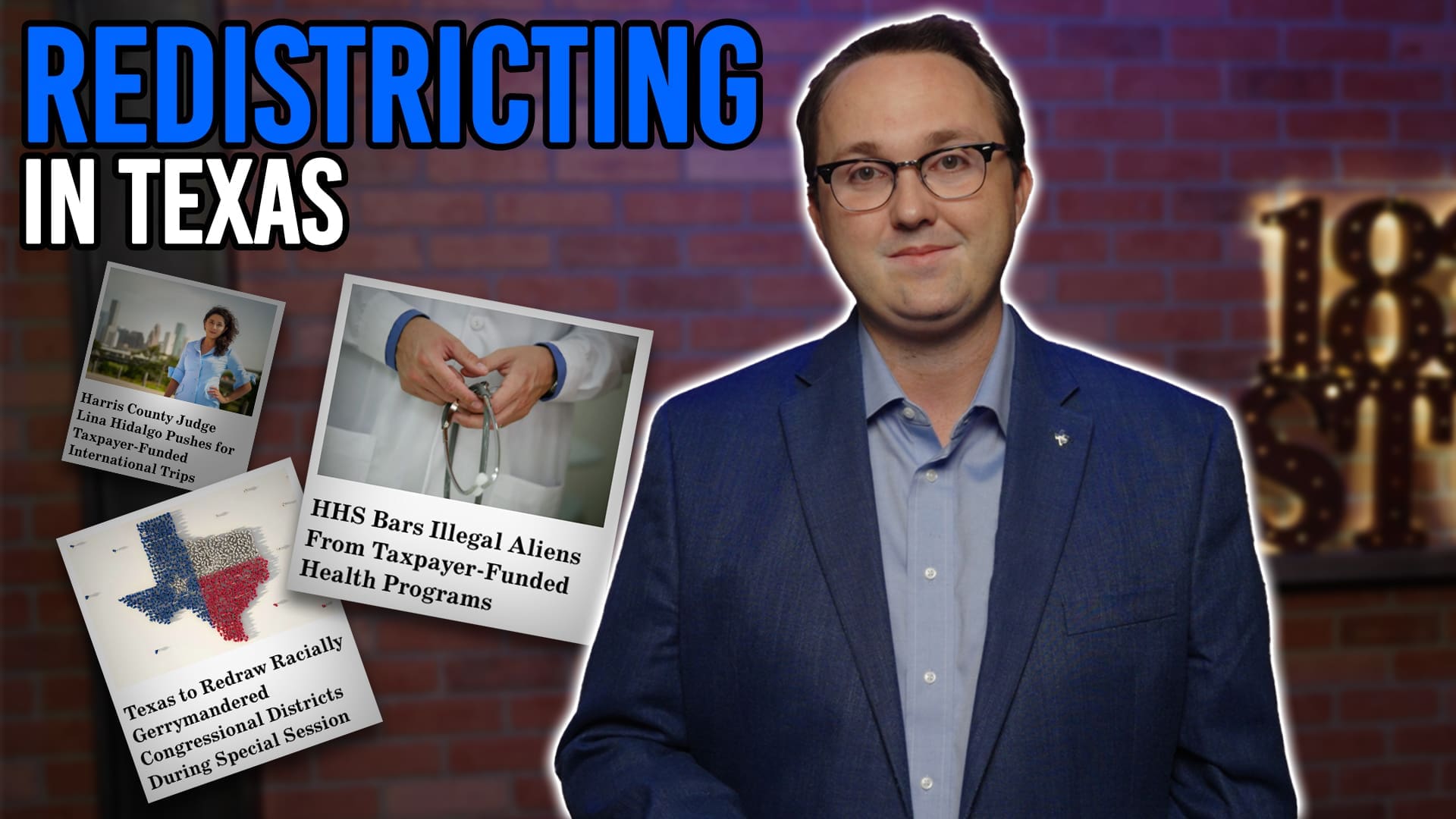Over the years, arson investigations in Houston have, thankfully, declined. But, as the number of arsons dramatically dropped, the number of full-time employees in Houston Fire Department’s Fire Investigation Division have stubbornly remained relatively unchanged.
Mayor Sylvester Turner often talks about the need for more funding for police officers and firefighters, using them to make a political argument that the revenue cap should be repealed. While the arson bureau may be one identifiable area, if an audit of city finances reveals even a fraction of the savings found in this bureau, the city may be sitting on a lot of funds that could be freed up for necessary expenditures.
Personnel in the arson bureau has somewhat varied over the years, but total employment has remained within the range of 60-70 full-time employees.
 When compared to other cities – some close in size – HFD’s numbers paint an even more duplicitous picture. A cursory glance shows that HFD’s arson bureau staff are grossly underworked and the department is bloated and overstaffed.
When compared to other cities – some close in size – HFD’s numbers paint an even more duplicitous picture. A cursory glance shows that HFD’s arson bureau staff are grossly underworked and the department is bloated and overstaffed.
HFD’s arson bureau currently has 70 employees, and over the last five years investigations hovered between 1100-1200 cases per year, or between 15 and 30 cases per investigator.
Compare that to Charlotte, NC’s fire department which has covered 767 investigations with only 11 investigators on staff, or about 69 cases per employee.
Chicago Fire Department, the closest city in size for which Texas Scorecard obtained data, has 32 full-time employees in their investigation division, and last year they handled 44 cases each.
In Texas, Bexar County has only five full-time investigators, and one Chief Investigator, with each investigator carrying a load of 50-70 cases per year. And in New Jersey, Jersey City’s seven arson staff members have handled 472 cases per year, or 67 per investigator. What’s more, a report from the Federal Emergency Management Agency on the management of fire investigation units provides some national insight on caseloads for departments that cover over 200 cases a year.
The report found that the average caseload for full-time investigators ranges between 40 and 120, still much more than what HFD’s officers are managing. Just by the numbers, the average officer elsewhere handles roughly one case a week. With HFD averaging 1200 cases per year that would mean an adequate number of staff would be 24 full-time employees, not 70.
Houston taxpayers are employing between three and six times more employees than necessary in the arson bureau, at a minimum of $100,000 annually per employee.
Even with limited work and overstaffing, the city is still paying investigators generously. The arson bureau’s total budget is $8.1 million with more than 99 percent of that of that going solely to personnel. According to the city’s data, the average compensation rate for investigators which the city has consistently employed around 55, is $104,000. Meanwhile, Senior Investigators, of which the city has maintained around 10, average $116,000 in compensation.
Chief Investigators or Assistant Arson Investigators, who comprise between 5 and 10 of the bureau’s employees, make an average $133,000. And Arson Investigators, also known as Deputy Chiefs, make nearly $145,000.
These salaries include base pay, longevity, and benefits. So, as arson investigations have declined, the City of Houston not only maintained the same number of full-time employees in the arson bureau, but they have also paid average hourly rates ranging from as low as $33 per/hr up to $47 per/hr.
With remarkably fewer fires and more than 3 times the employees necessary to perform the job, how can there not be waste within the bureau?
Instead of asking taxpayers for more money, these areas of waste need to be cut.
While this is one set of employees within one department, the findings show that a full review of other items in the city’s budget is desperately needed. A rigorous effort by the city’s administration to identify places to reduce waste would surely find other savings across its more than 20,000 employees.
*Texas Scorecard reached out to the Houston Fire Department for comment, but did not receive a response at the time of publishing.




